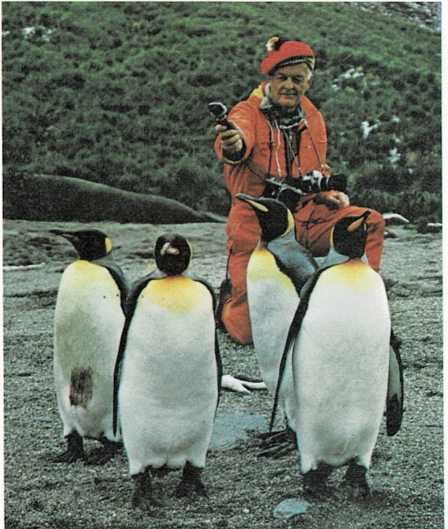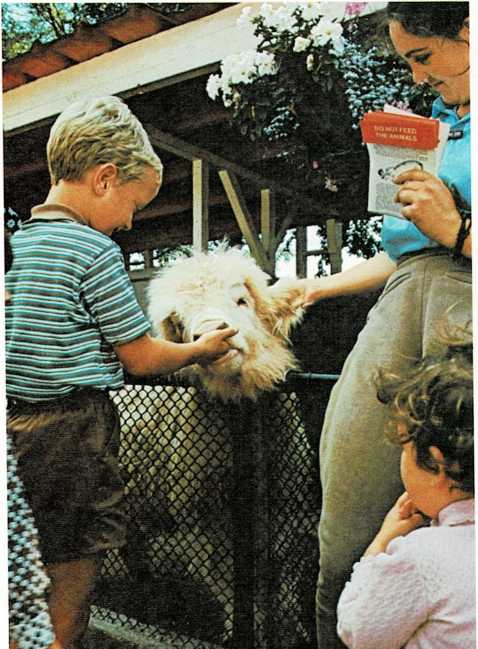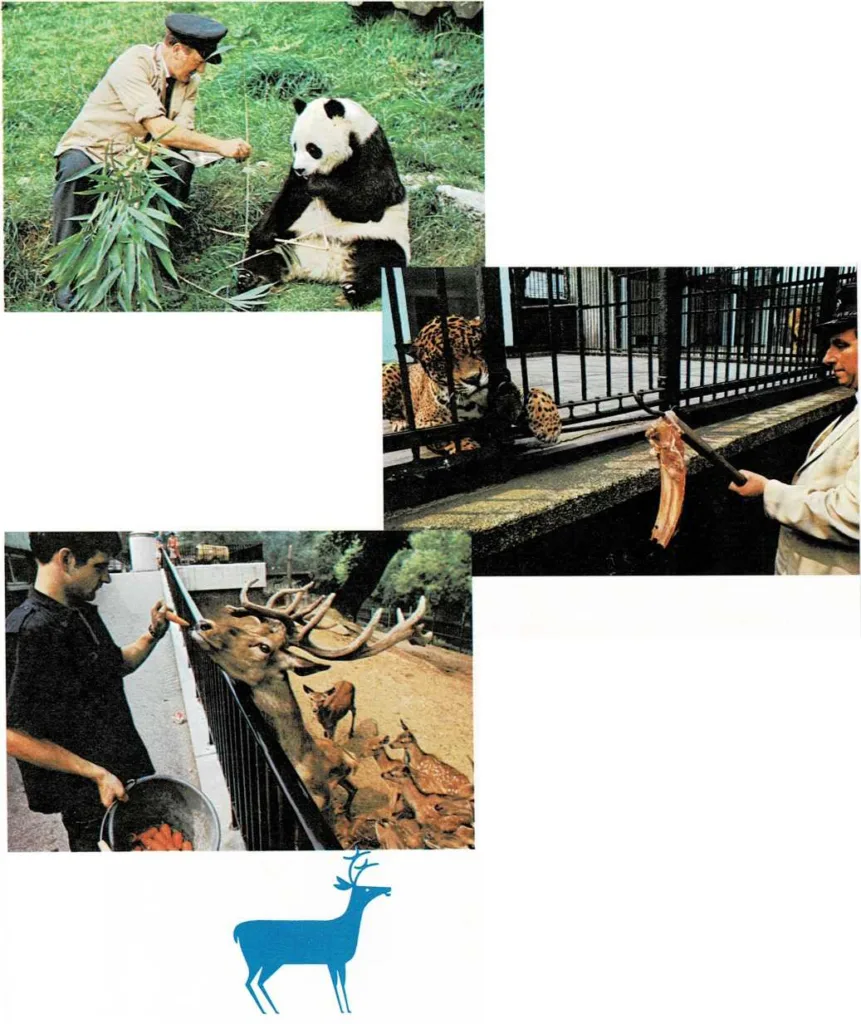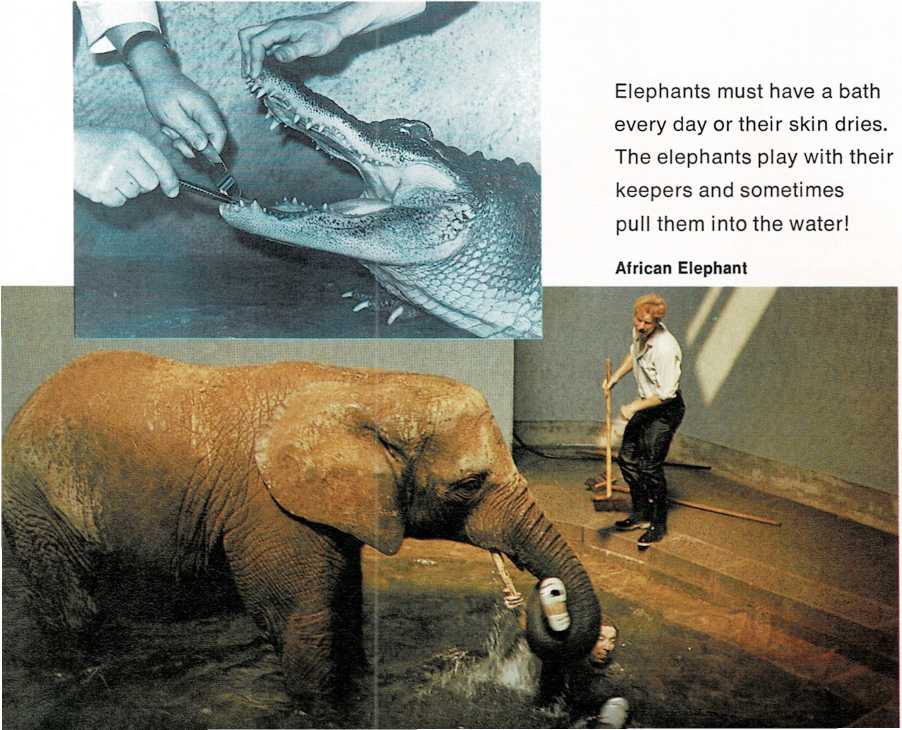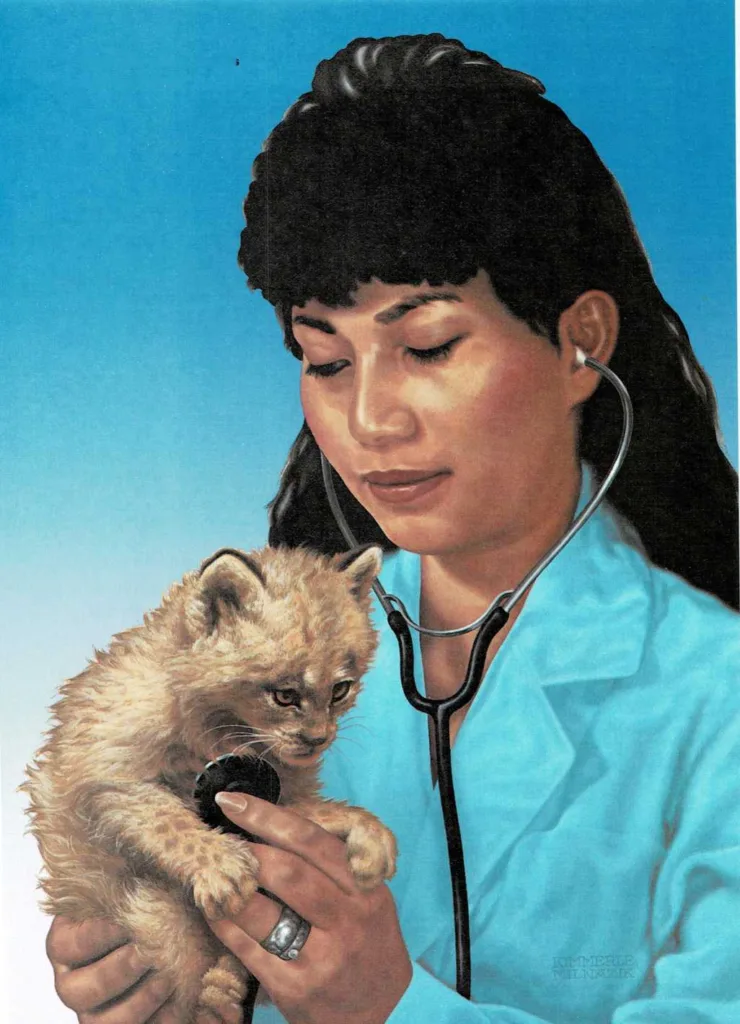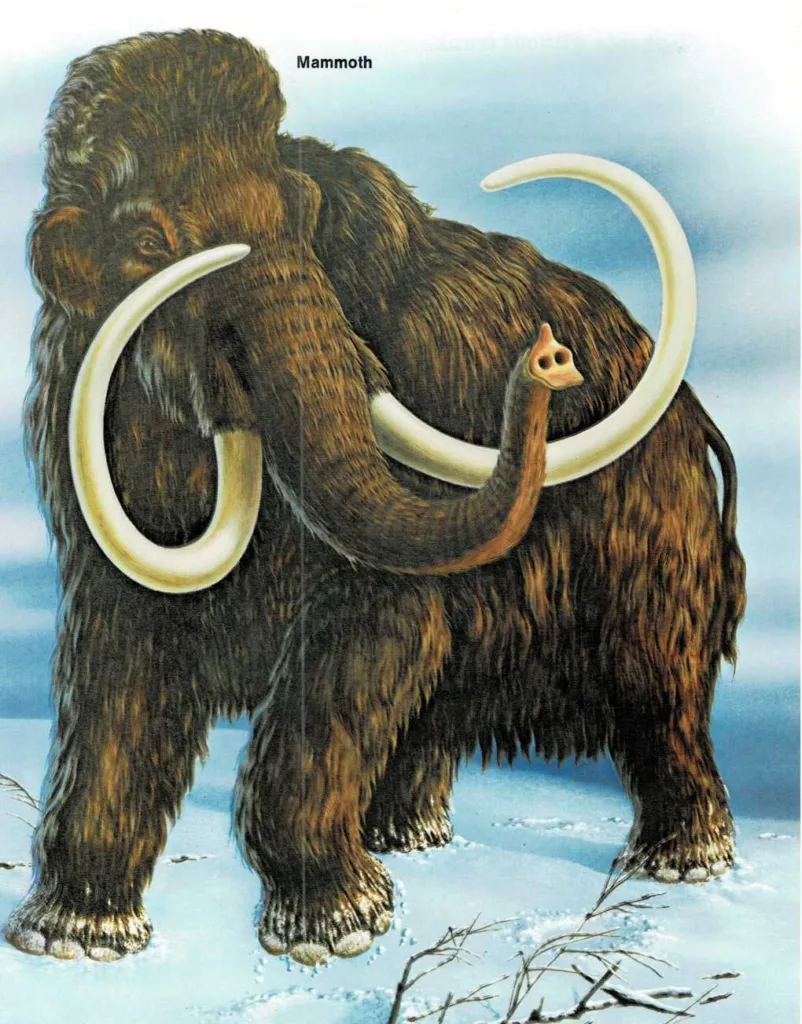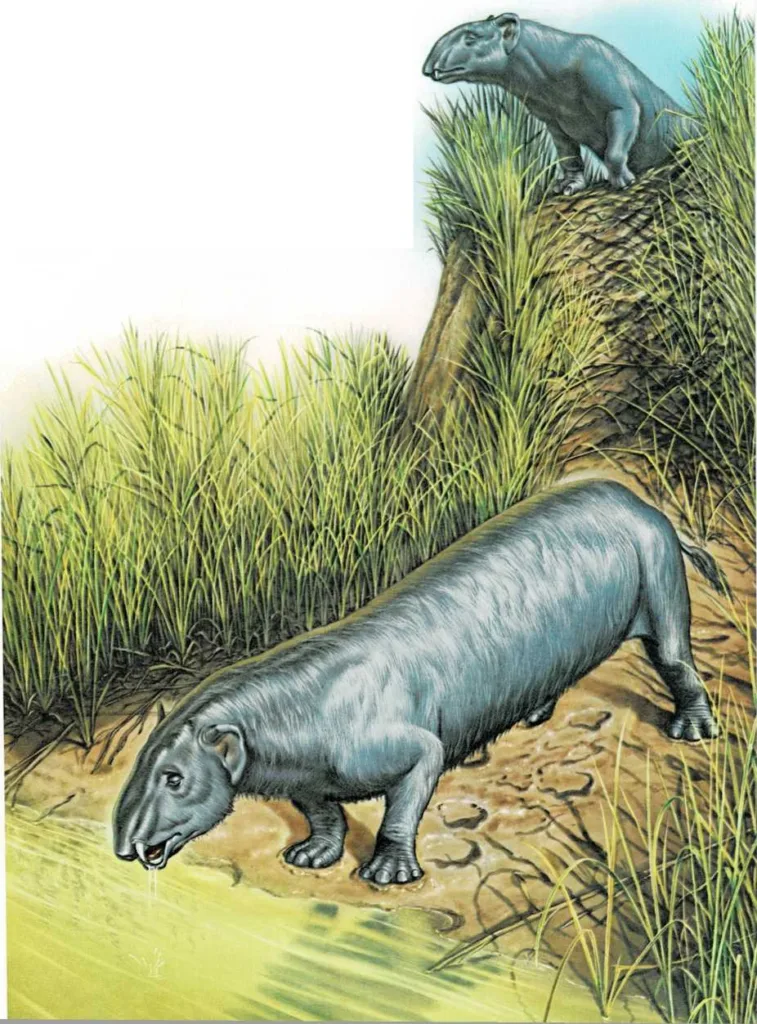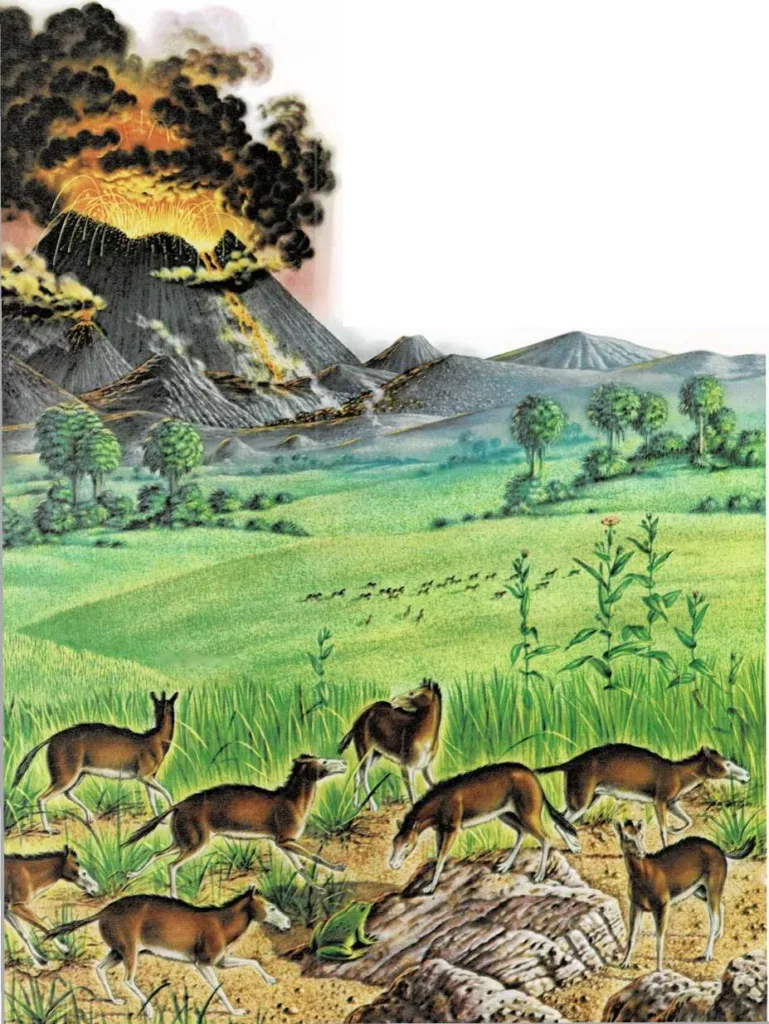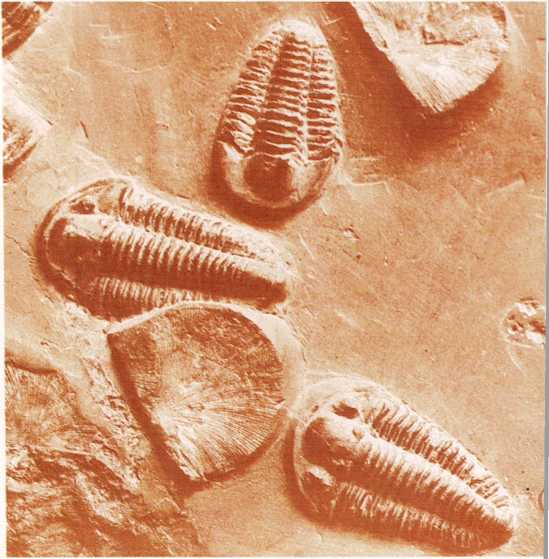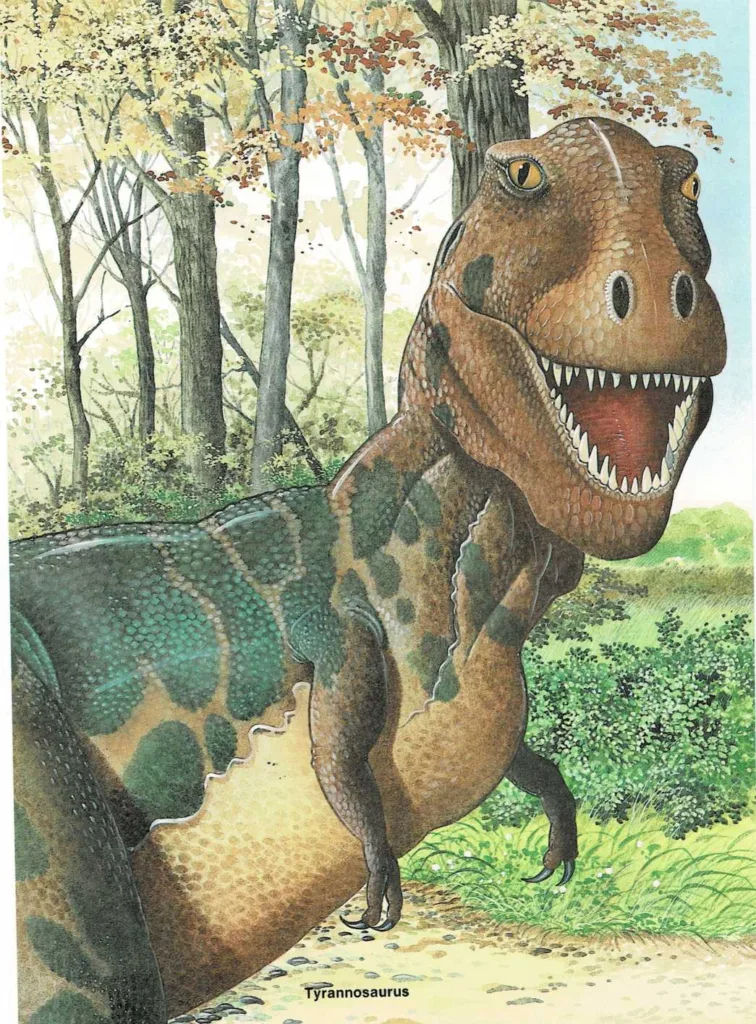Biologists, zoologists, and naturalists are scientists who study living things. They often work in laboratories or even in their own homes. But sometimes they go to wild parts of the world to study...
A children’s zoo
A children's zoo is a little zoo inside a big one. The animals in a children's zoo are tame and gentle and can be touched and petted. Many of them are babies, so the keepers in a children's zoo must...
Feeding time
> These are dinners for birds. > > Each tray has chopped fruit, grain, and other things birds like. > A tray of food goes into every bird cage. Each bird gets exactly the > right amount of food...
Taking care of zoo animals
Many people work in a zoo. People called keepers feed the animals and keep them and their cages clean. Animal doctors, called veterinarians, check the animals to keep them healthy and care for them...
People and Animals
Some people have jobs working with wild animals! These people work in zoos, parks, animal hospitals, museums, and laboratories. Some even work right in the places where wild animals live. ...
Elephants with fur coats
If you could have been in North America or Europe twenty thousand years ago, you'd have thought you were at the North Pole! Much of the land was covered with a mountain of ice and snow. Many animals...
Elephants without trunks
Most scientists believe that 50 million years ago there were elephants living in swamps where Egypt is today. But they didn't look anything like elephants do now. The first elephants didn't have...
Horses without hoofs
> Eohippus > > \ Scientists say that if you could see the horses that lived 55 million years ago, you wouldn't know they were horses. They had toes on their feet instead of hoofs. They ate fruit...
Stories in stone
There were no people on the world when dinosaurs were alive. So how do we know about dinosaurs and other animals of long ago? Sometimes, when a dinosaur died, its body lay on muddy ground. The soft...
Tyrannosaurus the meat-eater
One of the most fierce-looking dinosaurs was Tyrannosaurus. Scientists can tell from its sharp teeth that it was a meat-eater. But they're not sure how it got its food. Some scientists think...

